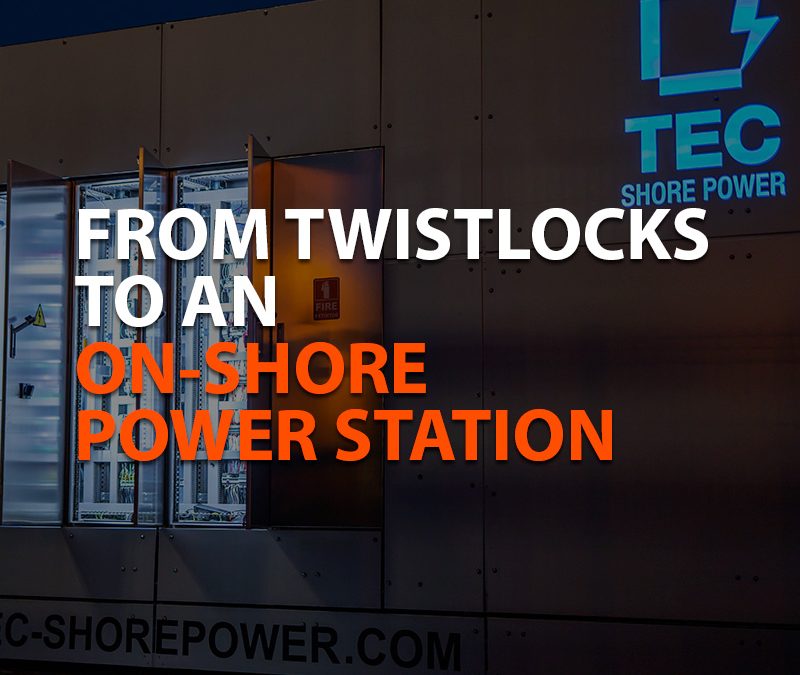Shipbuilding, in general, saw a major decline due to the post-1974 energy crisis; the industry in Spain was still thriving enough to catch the interest of naval engineer Leonardo Moragón. Recognising a need for a lashing provider in the South of Europe, he founded TEC Container in 1976.
The beginnings: Lashing equipment
Lashing equipment is used to secure a container to a vessel which can be achieved through a variety of ways including twist locks, which TEC Container has produced from its inception.
TEC Container was able to compete with other European lashing providers located in Germany and Sweden by providing a better price, thus enabling it to expand across the whole of Europe. Utilizing only one Spanish factory of 1,500 sq m, the production of lashings was TEC Container’s main form of business between the 1970s and the 1990s.
Rafael Moragón and Handling equipment
When Rafael Moragón, general director of TEC Container, took over the company from his father (Leonardo Moragón) in 2006, he noted that the business was in a transitional period.
Outsourcing the lashing business had been a huge shock to the company and TEC Container struggled to find a new modus operandi, according to Moragón. One promising area was handling equipment, such as spreaders, frames and lifting beams, which would eventually lead the business into its modern era.
TEC Container has since expanded its original factory in Spain to three sites with a combined area of 6,000 sq m. With the expansion came a more diverse workforce, consisting not only of just welders but now programmers, electrical engineers and more. The technology used within the factories also evolved, as did TEC Container’s products.
Today the company offers over 350 of its own designs in the field of lifting and handling and over 2,000 lashing designs. Ports and terminals account for 45% of its customer base with shipping coming in second at 25%. As of 2022, it had delivered 327 overhead frames in 60 countries, 1,321 spreaders in 81 countries and 371 safety cages in 48 countries.
Moragón said “You can find our products in places like Aruba or Tonga,”. Of course, you can also find them in Rotterdam, Dubai, Singapore, and Los Angeles but when you see where we have exported our machines to, it’s amazing. We even have spreaders working in the South Pole, in the Antarctic, loading and unloading containers.”
The present and future: On-shore power
Nowadays, TEC Container also strives to have a greener point of view. Its newest venture is in shore power, having delivered its first on-shore power station for cold ironing at the Port of Palma in Mallorca, Balearic Islands.
That is in line with the current decarbonisation trends which has put pressure on ports and terminals to reduce their greenhouse gas (GHG) emissions. One way to achieve this is through making vessels switch off their engines as they come to berth which helps to lower both GHG emissions and noise pollution.
“The problem is that if the vessel switches off its engine, there will be no electricity. If you’re on a cruise, for example, and you arrive at Ibiza, and they switch off the engines then you have no electricity on the cruise. Cold ironing allows the vessel to still have electricity for their daily activities,” Moragón explained.
Helping the environment has become a key issue for many countries around the world. Organizations such as the EU have begun to introduce laws that reflect this, as does the United Nations’ 2030 Agenda in which the environment is a key pillar. Shore power will be TEC Container’s strongest bet in the near future.
Moragón expects that eventually shipping lines will make shore power a requirement for wherever their vessels call. That’s why TEC Container has invested a lot into ensuring that it is ready for the increase in demand of cold ironing and to once again adapt its business to meet the needs of the industry.






